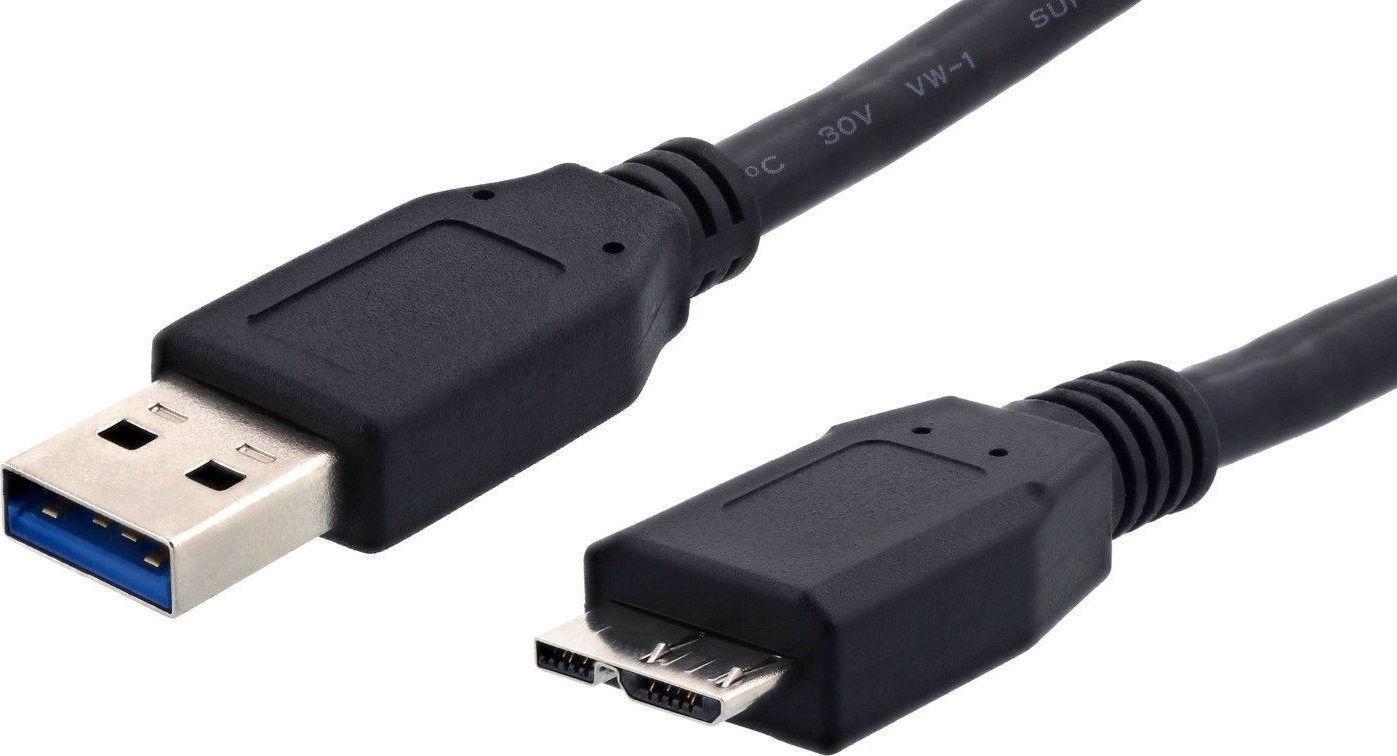

George, I'm not 100% sure I understand your question. Am I doing myself a disservice by staying away from a USB 3.0 camera and computer for a couple years just so I can have a better experience with my camera, mounts, and software now I have now? Is a USB 3.0 camera going to give me a marked increase in image quality just by making the switch?

I do need this computer to last me at least a couple years to make it worth it. But I don't want to waste money on an imaging computer I can afford right now if USB 3.0 is "where it's at" with planetary imaging these days. Do I stick it out with my "intro" imaging tablet until I can afford USB 3.0 camera and laptop, or do I upgrade in increments? The faster laptop will actually be a Godsend for overall happiness (happy EQMOD, bigger screen size, ability to do a little image processing away from my desk if need be, having more than 1 USB connection). Unless I find a bag full of money (maybe a computer bag), literally, I will not be buying a USB 3.0 camera for some time. I can buy a used laptop, but thus far I am not finding any used laptops with USB 3.0 in my price range. Unfortunately a tablet just isn't going to do me well for much longer. If you need something ultra portable, possibly for outreach, I highly recommend one. In a pinch, it really can do all little of everything. The reason I ask is this because I have to justify buying a new-to-me laptop for imaging. Planetary rotation issues aside, could the fewer frames per second be overcome with more total frames? Could it be true that a slower camera (in terms of FPS captured) would catch at least some of the fleeting moments caught by a faster camera, and possibly an equal number frames of them, but over a larger number captured frames?Īre imagers out there producing better images solely due to the increased framerates between USB 2.0 and USB 3.0? Are imagers seeing a marked improvement in their finished work when making the switch from USB 2.0 to USB 3.0 or has it just become easier to get the same quality with less effort? (Not to suggest anything about the quality of work or efforts required of those using USB 3.0). I am aware of the ability to collect more frames per second and the resultant increased ability to catch milliseconds of steady air. I was wondering what differences in real-world results planetary imagers have experienced with USB 2.0 versus at USB 3.0 upgrade. I've looked around and haven't found anything here, but I will appreciate any re-directs to relevant conversations. Please excuse me if this belongs in another category or has been discussed ad nauseum elsewhere.


 0 kommentar(er)
0 kommentar(er)
